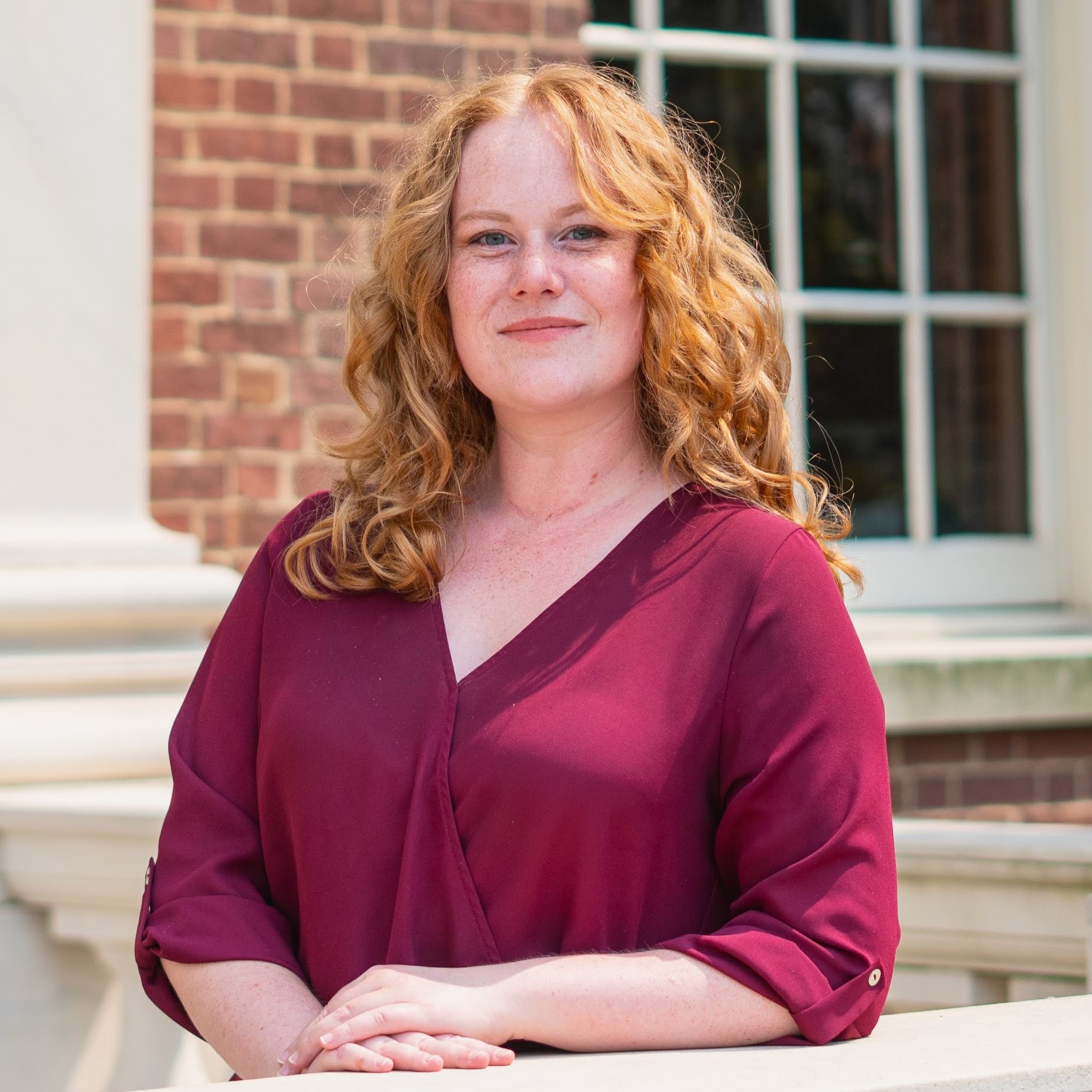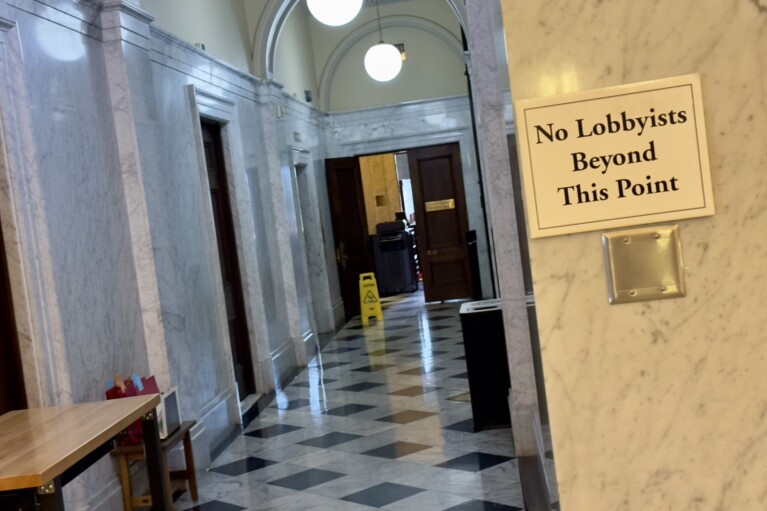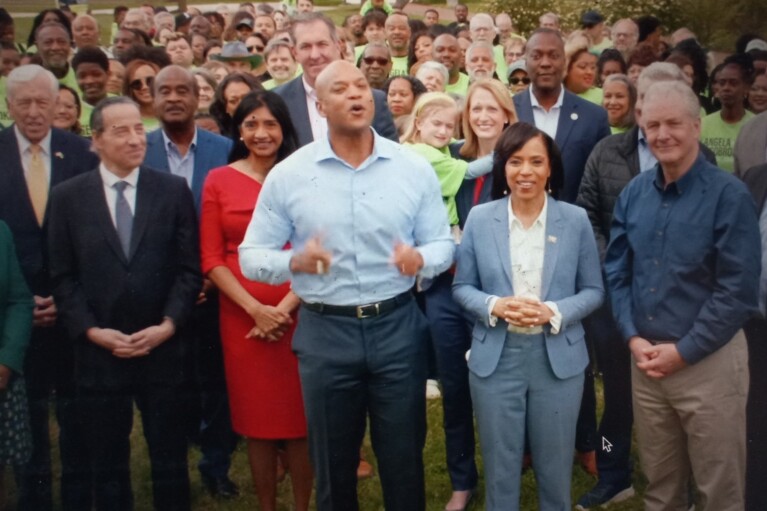Think tank proposes reforms to better help families receiving temporary cash assistance from the state

When parents fall on hard times and find their salary is not enough to provide for their children, they may be able to get help from the Temporary Assistance for Needy Families program to keep kids fed and housed while they work to improve their economic situation.
But The Maryland Center for Economic Policy, a progressive nonprofit research and analysis organization, claims that the anti-poverty federal program does not currently sufficiently lift families out of their low-income economic status, and may even perpetuate negative stereotypes of people on welfare.
MDCEP says that the state of Maryland should put more money into the pockets of struggling families, among other measures, to improve outcomes for parents and children just trying to get by.
“It’s a program that has a long history of not adequately meeting the needs of people who are experiencing poverty. However there are grueling efforts in Maryland and also around the country to improve how the program is administered at the state level to better support families in need despite the flaws of the federal program,” Jasmin Aramburu, senior policy fellow with MDCEP.
She is the author of the report called “More Basic Assistance is Needed to Propel Economic Mobility and Security Among Maryland Families Receiving TANF,” which was supported through a grant from the Abell Foundation.
MDCEP suggests that more funds should be put into immediate cash assistance for families to tackle the day-to-day expenses, especially as rising housing costs and expenses continue to be a challenge for low-income households.
“The reality is that money is indispensable to live,” the report says, “and increases in prices for gas, groceries, or diapers do not bear in mind people going through a rough patch. We can do more for families by ensuring that cash assistance makes up the majority of combined TANF spending in the state.”
The report outlines the history of TANF funds and their flawed administration. Starting in the mid-1990’s, the TANF program was created as “welfare reform” to provide states flexibility on how to support low-income families. The program is financed through state and federal dollars, and those funds may be used for four purposes: “Providing assistance to low-income families so that children can be cared for in their homes; Promoting job preparation, work, and marriage; Preventing and reducing out-of-wedlock pregnancies; and Encouraging the formation and maintenance of two-parent families,” according to the MDCEP report.
Families using the program must abide by certain eligibility requirements to qualify, according to the Maryland Department of Human Services. That includes cooperating with child support, participating in work activities, complying with substance abuse provisions, and meeting financial requirements.
In fiscal year 2021, Maryland spent $616 million for TANF programs, which included both state and federal funding.
The federal government distributes $16.5 billion in a block grant to all states, Washington D.C. Puerto Rico, Guam, the Virgin Islands, and American Indian tribes. In the 2021 fiscal year, the federal government funded Maryland’s TANF program at $228 million.
The block grant funding of $16.5 billion has remained unchanged since 1996, and “therefore lost its value by more than 40% despite changes in demographics and population growth,” according to the report.
The report notes that Maryland’s core programing for TANF funding are cash assistance, called Temporary Cash Assistance (TCA), and a job-training program, known as the Work Opportunities Program.
But according to the report, only one-third of the combined state and federal funding goes to the two core programs. The remaining 63% goes to non-core programs. These non-core programs may still go to projects that attempt to help low-income families, but MDCEP concluded that some of those funds would be better used by funding cash assistance and job-training programs.
“Maryland’s choices about where to use its federal and state TANF dollars show that the state is not investing as much as it can and should in core programming,” according to the report. “This is especially important given that in 2021, 1 in 4 children in Maryland had parents who lacked secure employment, and almost one-third lived in households with a high housing cost burden. TANF offers a critical lifeline of cash to low-income families, as well as crucial work supports to help parents find and keep good quality jobs.”
In addition, there are millions left over at the end of each fiscal year that could be going towards additional cash assistance for families and job programs. In 2022, there were $63.5 million left over in federal TANF funding after expenditures, which was partially inflated due to extra COVID-19 relief funds.
Another recommended policy option MDCEP supports is actually diverting funds from child welfare services towards cash assistance.
“Research points to an association between material hardship – the inability to provide needs such as food, medical care, housing – and increased risk for involvement in the child welfare system,” the report says.
Aramburu said that ‘neglect’ in a child welfare setting can often refer to as a situation when “a parent is really struggling to provide for their children due to some kind of financial crisis.”
The idea is to put more funds into families, through basic cash assistance, to prevent neglectful situations that prompt child welfare services to getting involved in the first place.
“In this way, you wouldn’t have these situations where, unfortunately, children are taken out of their homes because of the economic hardship their families might be going through,” she said.
‘Welfare reform’ and racism
Aramburu also said TANF has a “legacy of racism” and often perpetuates negative stereotypes of people who uses government assistance, particularly for single mothers, and more specifically for Black women.
She said that “these kind of racist assumptions are woven into the fabric of welfare policy in the US,” including TANF assistance.
“TANF has kind of always worked under this idea that poverty is based on individual responsibility and not collective or systemic failures,” she said. “So, in other words, your moral character kind of determines whether you are deserving of help and this central idea is a racialized one.”
Ineffective and harmful policies, according to the report, include “time limits that cut off families from assistance; increased work requirements that do not match parents’ needs, skills, or experiences; family caps limiting assistance if a parent has additional children while on assistance; low benefit levels that do not take into account cost of living adjustments; drug testing; resource limits; and the overall controlling and punitive nature of the program that imposes sanctions when families cannot meet the requirements.”
Aramburu added: “These policies affect families of color the most, who are more likely to find themselves in a position needing access to a social safety net like TANF.”
The report uses data collected by the University of Maryland School of Social Work which noted that in 2022 there were close to 28,000 families in an active TANF case in Maryland. Of those families, 96% included children, and 53% had children who were five years old or younger.
The data also reports that 59% of the children on TANF services were Black, while 18% were white, 15% were multiracial, 7% were Latinx/a/o and less than one percent were Asian.




 Creative Commons Attribution
Creative Commons Attribution